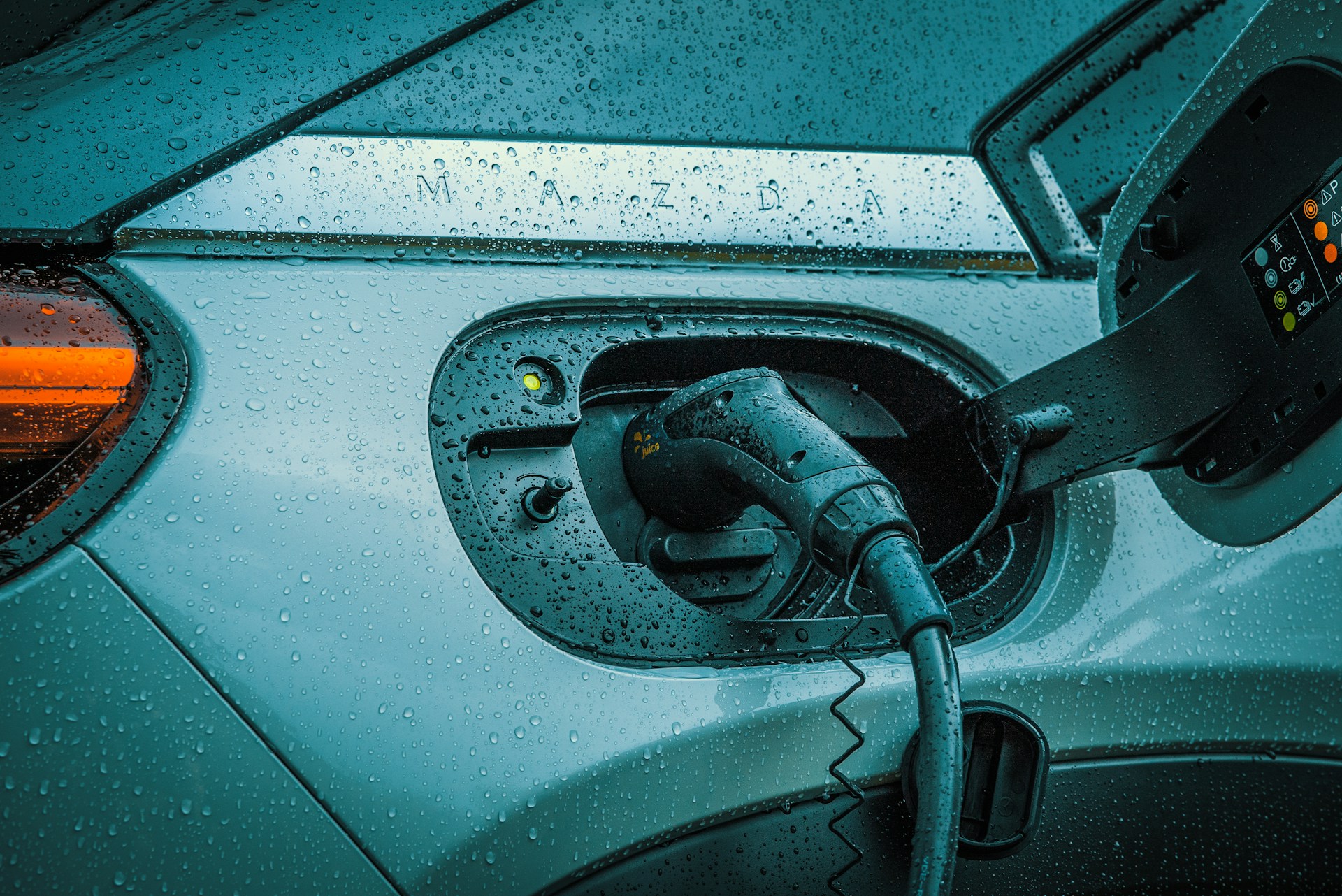2025 Electric Car Trends: New Launches, Charging Innovations & More
The electric vehicle (EV) market is charging ahead with unprecedented momentum as we approach 2025. According to BloombergNEF, global EV sales are projected to surpass 30 million units by 2030, driven by technological advancements and a collective shift towards sustainable transportation. In this article, we’ll explore the most exciting 2025 electric car trends, including new model launches, groundbreaking charging innovations, and the overall evolution of the EV landscape. Whether you’re an EV enthusiast or considering your first electric car purchase, this guide will provide valuable insights into the future of mobility.
New Launches: The Best Electric Vehicles of 2025
H2: Upcoming EV Models to Watch
2025 promises to be a landmark year for electric vehicle enthusiasts, with several automakers unveiling cutting-edge models. Here are some of the most anticipated launches:
- Tesla Model 2: Positioned as an affordable electric car, the Tesla Model 2 is expected to revolutionize the market with a starting price under $25,000. It’s designed to offer a range of 250 miles on a single charge, making it accessible to a wider audience.
- Volkswagen ID.7: Building on the success of the ID.4, Volkswagen’s ID.7 aims to provide a range of up to 350 miles. This model is part of VW’s strategy to electrify its lineup and compete in the premium EV segment.
- Ford Electric Explorer: Ford is set to electrify its iconic Explorer model, promising a rugged design with a range of 300 miles. This will cater to those seeking adventure without compromising on sustainability.
H3: How to Choose Your First Electric Car
Choosing your first electric car can be a daunting task. Here are some tips to guide you:
- Range: Consider your daily driving needs. Models like the Tesla Model 3 or Hyundai Ioniq 5 offer substantial ranges of over 250 miles.
- Charging Infrastructure: Evaluate the availability of charging stations in your area. Brands like Nissan and Chevrolet are expanding their networks rapidly.
- Budget: Determine your budget, factoring in potential government incentives. Affordable options include the Nissan Leaf and the upcoming Renault 5 Electric.
- Features: Decide on the features important to you, such as autonomous driving, infotainment systems, and safety technology.
Charging Innovations: Faster and More Accessible
H2: Revolutionizing EV Charging
Charging infrastructure is evolving to meet the demands of a growing EV market. Here are some key trends:
- Ultra-Fast Charging: Companies like Electrify America and Ionity are rolling out ultra-fast chargers capable of delivering 100 miles of range in just 10 minutes. This technology significantly reduces charging time and enhances convenience.
- Wireless Charging: Wireless charging pads are gaining traction, allowing EVs to charge automatically when parked over a charging pad. BMW and Hyundai are pioneers in this space, aiming to integrate this technology into urban environments.
- Solar-Powered Charging Stations: Solar-powered stations are emerging as a sustainable solution, reducing reliance on the grid. Tesla’s V3 Superchargers are incorporating solar panels to power their stations, aligning with global sustainability goals.
H3: Charging Guide for Beginners
For those new to EVs, understanding charging can be complex. Here’s a simple guide:
- Home Charging: Install a Level 2 charger at home for overnight charging. This is convenient and cost-effective in the long run.
- Public Charging: Use apps like PlugShare to locate nearby public chargers. Fast chargers are ideal for long trips, while standard ones are suitable for daily top-ups.
- Charging Etiquette: Be mindful of charging etiquette, especially at public stations. Don’t occupy a charging spot longer than necessary and unplug your car when fully charged.
Market Trends: The Future of EV Sales
H2: Global EV Sales and Market Insights
The EV market is set to experience exponential growth. Here are some important statistics and trends:
- Market Share Increase: According to McKinsey, EVs will account for over 60% of new car sales in Europe and 50% in China by 2030. This shift is driven by stringent emissions regulations and increased consumer awareness.
- Battery Technology Advancements: Solid-state batteries are on the horizon, promising greater energy density and faster charging times. Companies like Toyota and QuantumScape are leading the charge in this arena.
- Government Incentives: Governments worldwide are introducing incentives to boost EV adoption. The U.S. recently extended tax credits up to $7,500 for EV purchases, while the EU is investing heavily in charging infrastructure.
H3: Pros and Cons of Electric Vehicles
Understanding the pros and cons of EVs can help potential buyers make informed decisions:
Pros:
– Lower running costs and maintenance
– Environmental benefits with zero emissions
– Access to incentives and rebates
Cons:
– Higher upfront costs compared to traditional vehicles
– Limited charging infrastructure in some regions
– Range anxiety for long-distance travel
Conclusion: Embracing the Electric Future
As we look to 2025 and beyond, the electric vehicle industry is poised for transformative change. New model launches and charging innovations are set to redefine the driving experience, making EVs more accessible and appealing than ever before. Whether you’re a seasoned EV owner or considering making the switch, staying informed about these trends will ensure you’re ready to embrace the electric future.
Are you excited about the advancements in electric vehicles? Share your thoughts in the comments below or join the conversation on social media. With rapid developments on the horizon, it’s an exhilarating time to be part of the EV revolution. Stay tuned for more updates and insights as we drive towards a sustainable future.

